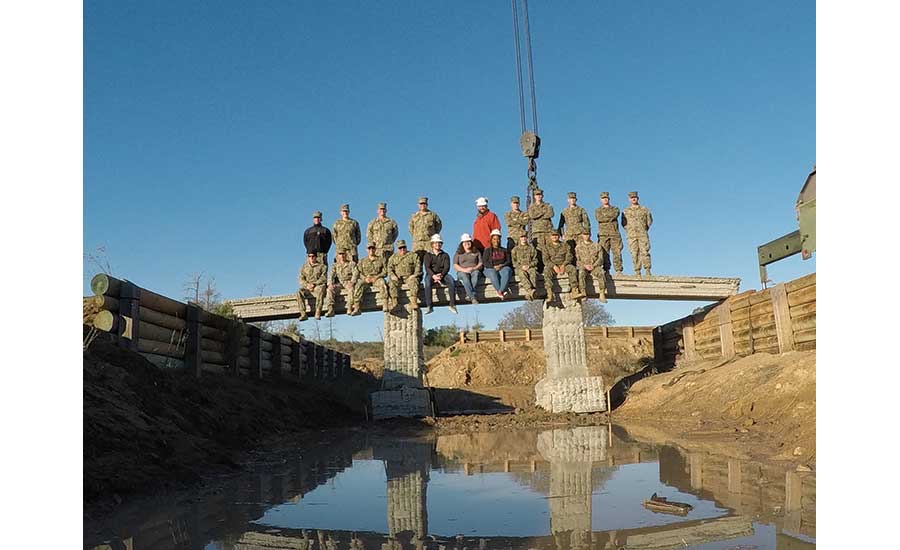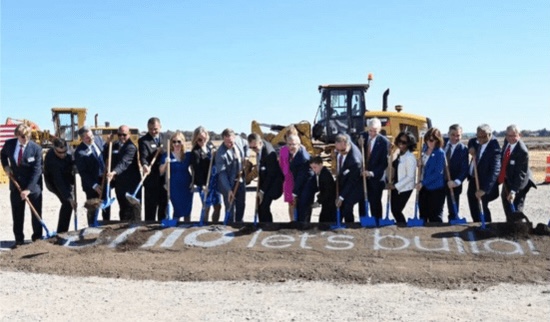On Tuesday, June 27, the US Department of the Treasury released a brief article highlighting the U.S. manufacturing site construction boom of the last few years, which has been gaining steam in 2023, in particular. The following day, the Biden-Harris administration announced that the first annual application period is now open for a new U.S. Department of Transportation (DOT) initiative, created via the Bipartisan Infrastructure Law (BIL): the Advanced Digital Construction Management Systems (ADMCS) grant program, so far funded for a total of $85 million through 2026.
Administered by the DOT’s Federal Highway Administration (FHWA), the ADCMS program is part of the FHWA’s Technology and Innovation Deployment Program (TIDP). For over a decade now, TIDP has been pumping tens of millions of dollars a year into R&D devoted to digital technologies that can support any and all innovations relevant to revitalizing the U.S.’s overworked federal highway system.
For the first ADCMS proposals, which must be submitted by state-level DOTs by August 28, 2023, the guidelines are fairly open-ended: essentially, the U.S. DOT is looking for any digital construction technologies that have demonstrated that they can potentially benefit the construction of roads, bridges, etc. As I have mentioned before, the ongoing shortage of skilled construction laborers across the planet is already a challenge being faced by the entities trying to initiate the next manufacturing renaissance. As in other sectors, addressing this challenge will require the rapid maximization of the current potential for digital automation in construction.
In a US DOT announcement, FHWA administrator, Shailen Bhatt, commented, “Technology has transformed many facets of life in the modern era, and we want the transportation construction industry to take advantage of these advancements to deliver projects on time and on budget.” Most relevantly for the additive construction (AC) market segment, the program’s primary stated goal is the “accelerated adoption of advanced digital construction management systems to boost productivity and manage complex projects.”

Footbridge being printed with concrete at Camp Pendleton, CA. Image courtesy of US Army Engineer Research and Development Center (ERDC)
The Treasury article unpacking the explosion in American factory construction in 2023 noted an unsurprising though no less important finding. The boom — which so far has seen U.S. manufacturing construction increase by a fairly astonishing $100 billion over 2022’s total, meaning it had already doubled through just the first four months of 2023 — has mostly been driven by sites for the manufacture of computers, electrical equipment, and electronics. Thus, although the DOT announcement and the Treasury article on the factory construction boom are technically unrelated from an administrative perspective, they couldn’t be more relevant to one another, topically.
3DPrint.com’s Joris Peels writes constantly about how he thinks that the greatest potential for AC technologies lies in all areas of construction that aren’t residential. In fact, just two years ago, Editor Michael Molitch-Hou pointed out that AC could easily fit into the Biden Administration’s larger infrastructure plans. These suggestions appear to be right on the money, as the government will dole out $34 million from the ADCMS program for FYs 2022 and 2023, the first two years of the five years that have thus far been funded.
This is an especially relevant point if the boom in manufacturing site construction is to continue and, ultimately, to succeed. For one thing, as I alluded to above, around the time that Intel broke ground on its Ohio chip site, the company also announced that it expects it will ultimately need to hire a total of 7,000 additional construction workers that Ohio currently (at the time) didn’t have, if the site is to be up-and-running on time.
For another thing, one of the main issues with the current shortage of megasite real estate, which I wrote about a couple of months ago, is the lack of connecting transportation infrastructure to broader supply chains, barring from consideration sites that would otherwise be feasible. In the post about that problem, I noted that it can be partially solved by the accelerated scale-up of distributed AM: printing fewer parts at a much larger number of production sites. It could be that the rest of the solution lies in the simultaneous rapid scale-up of digital construction technologies, especially to help fill in the transportation infrastructure gaps in all the situations where megasites are still a necessity.
Subscribe to Our Email Newsletter
Stay up-to-date on all the latest news from the 3D printing industry and receive information and offers from third party vendors.
You May Also Like
New Report: Semiconductor Industry to See $1.4B in 3D Printing Revenues by 2032
“The semiconductor sector has become the most strategically significant area of global industry.” Truer words are hard to come by when it comes to the modern world, and they are...
Will Photonic-Crystal Lasers Revolutionize 3D Printing?
Powder bed fusion (PBF) for metals and polymers predominantly utilizes lasers as the primary heat source. Some directed energy deposition (DED) technologies also employ lasers, while various vat polymerization methods...
3D Printing Unpeeled: Orbex Investment, IndoMIM and HP, Ultrasonic Waves
INDO-MIM has bought three HP Metal Jet S100 printers, operating two in India and one in Texas. This is a win for HP because the company has deep experience in...
3D Printing Webinar and Event Roundup: April 21, 2024
It’s another busy week of webinars and events, starting with Hannover Messe in Germany and continuing with Metalcasting Congress, Chinaplas, TechBlick’s Innovation Festival, and more. Stratasys continues its advanced training...
































